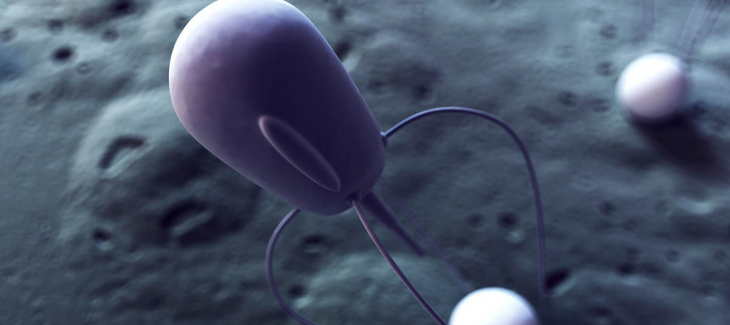- General
- Telehealth
- Pharmacists
- Pharmaceutical Companies
- Career Trends
- Featured
- Legal
- News and Events
- Technology
- How To
- Procedures
- Training
- Employer News
- Candidate News
Recent Posts
Most Popular
Ultrasound-Powered Nano-Robots Eliminate Bacteria, Toxins from Blood

Researchers at the University of California San Diego have developed tiny robots that can swim through blood and remove harmful bacteria, as well as the resulting toxins.
In the future, engineers hope the ultrasound-powered nano-robots will be able to detoxify and decontaminate biological threats from the bloodstream.
Specifically, the technology could tackle life-threatening pathogens like MRSA, an antibiotic-resistant strain of staph. In trials, the robots were able to reduce the presence of the staph virus within five minutes.
Researchers built the robots by coating gold nano-wires with a combination of platelet and red blood cell membranes.
The hybrid allowed the robots to multi-task and perform the role of both platelet and red blood cells. Platelets bind pathogens like MRSA to the nano-robots, while red blood cells absorb and neutralize the toxins resulting from the bacteria.
The gold nano-wires respond to ultrasound, which enables them to swim rapidly, mix with their targets, and speed up detoxification. Additionally, the coating protects the robots from bio-fouling, which happens when proteins collect on the surface of foreign objects and prevent them from operating normally.
The nano-robots are one micrometer long (or 1,000 nanometers). For comparison, red blood cells are about 7 micrometers in diameter. The robots are about 25 times smaller than the width of a human hair. When powered by ultrasound, they can travel 35 micrometers per second.
Researchers hope future uses of the robots will include crafting nano-robots out of biodegradable material and using them for drug delivery.
Additionally, they hope the work will lead to multi-functional nano-robots that can perform multiple tasks at once.
Practically speaking, 10 percent of the population suffers from chronic kidney disease, meaning that the kidneys are unable to filter the blood. As waste builds up in the circulatory system, it poisons the blood.
Sepsis, another blood disease, is one of the deadliest diseases you’ve ever heard of, impacting as many as 30 million people a year. About 30 percent of those cases — roughly 6 million — are fatal, making it even deadlier than tobacco.
Hours can make the difference between life and death with these diseases, but diagnosing and treating the cause with antibiotics can take hours. Researchers hope that this development can end unnecessary deaths.
This work was supported by the Defense Threat Reduction Agency Joint Science and Technology Office for Chemical and Biological Defense.








Comments